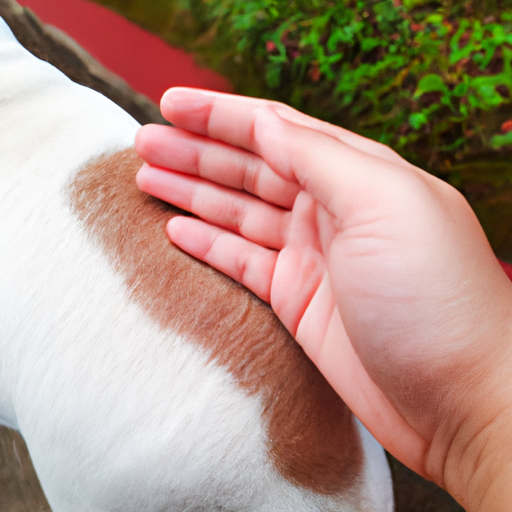Recognizing a Fatty Lump
As a devoted caregiver to your pet, it’s essential that you understand the possible health risks they may face. Fatty lumps, or lipomas, are common in dogs, especially as they age. You might be wondering, what does a fatty lump on a dog feel like?
These lumps are typically soft and movable under the skin. They can feel doughy or rubbery to the touch, and they are often round or oval in shape. They can appear anywhere on the body, but are most commonly found on the chest, abdomen, and legs.
Importance of Regular Check-ups
Your dog relies on your keen eye for their well-being. Regular check-ups are necessary as they allow you to detect any changes in your dog’s body, such as the appearance of fatty lumps.
During these check-ups:
- Run your hands over your dog’s body, feeling for any abnormal lumps or bumps.
- Note the size, shape, and location of any lumps you find.
- Monitor these lumps over time, watching for any changes in size, shape or texture.
Understanding the Risks
While fatty lumps are generally benign, they can still cause problems in some cases. For instance, a lipoma that grows large enough could interfere with your dog’s mobility or put pressure on their organs.
Here’s a table to illustrate potential issues with fatty lumps:
| Potential Issue | Description |
|---|---|
| Mobility Problems | Large lipomas can interfere with a dog’s ability to walk or run comfortably. |
| Organ Pressure | Lipomas located near organs can put pressure on them, leading to health problems. |
| Malignancy | In rare cases, lipomas can become cancerous, or malignant. |
When to Seek Vet Assistance
Despite your best efforts, there are times when professional help is required. Should you notice the following, it’s time to consult your vet:
- The lump is growing rapidly
- Your dog appears to be in pain
- The lump feels hard or uneven
- Your dog’s behavior has changed
How to Prevent Fatty Lumps
Prevention is always better than cure. As a caregiver, you can help prevent fatty lumps by ensuring your dog maintains a healthy weight and gets regular exercise. A well-balanced diet rich in lean proteins, fruits, and vegetables can also be beneficial.
Frequently Asked Questions
1. Can fatty lumps disappear on their own?
Rarely, some fatty lumps may decrease in size or disappear entirely. However, it’s always best to have any new lumps checked by a vet.
2. Are fatty lumps more common in certain breeds?
Yes, some breeds like Labrador Retrievers, Doberman Pinschers, and Miniature Schnauzers are more prone to fatty lumps.
3. Are fatty lumps dangerous?
Typically, fatty lumps are benign. However, they can occasionally become malignant, so it’s important to monitor any lumps and consult with your vet.
Remember, as a caregiver, your dog’s health is in your hands. Stay informed and stay vigilant.



